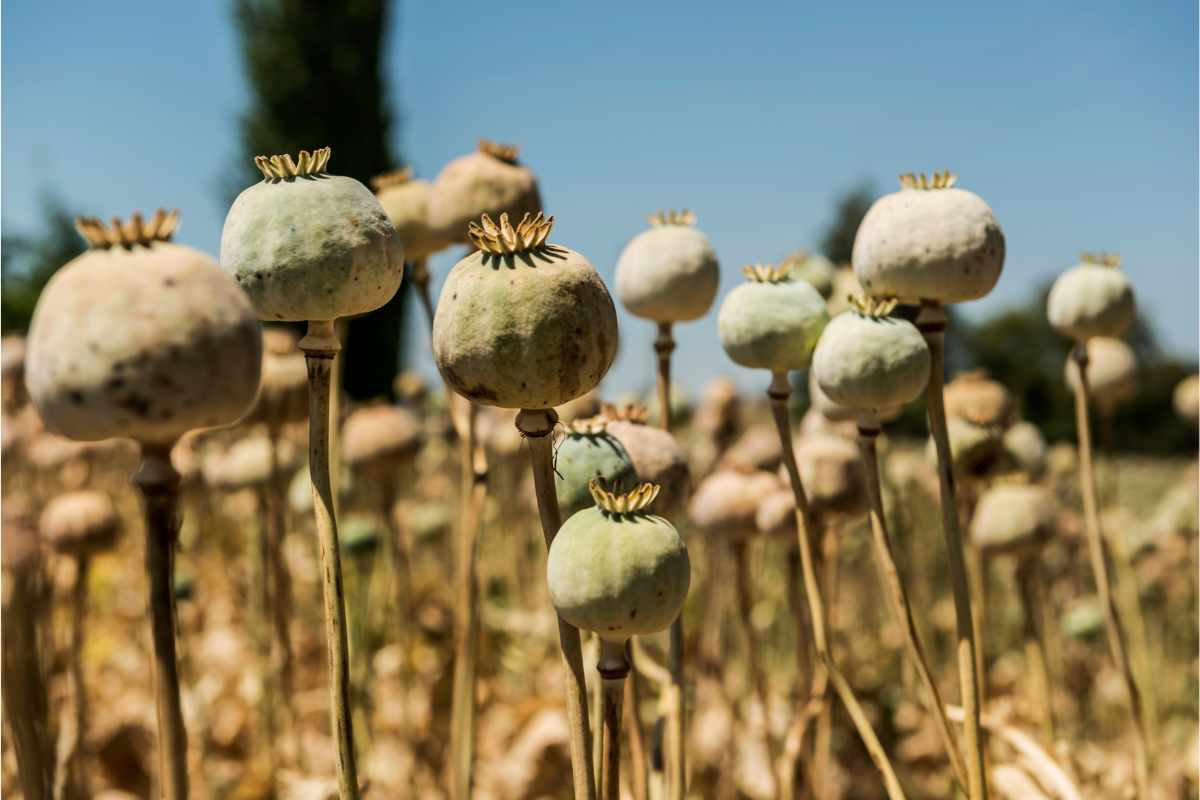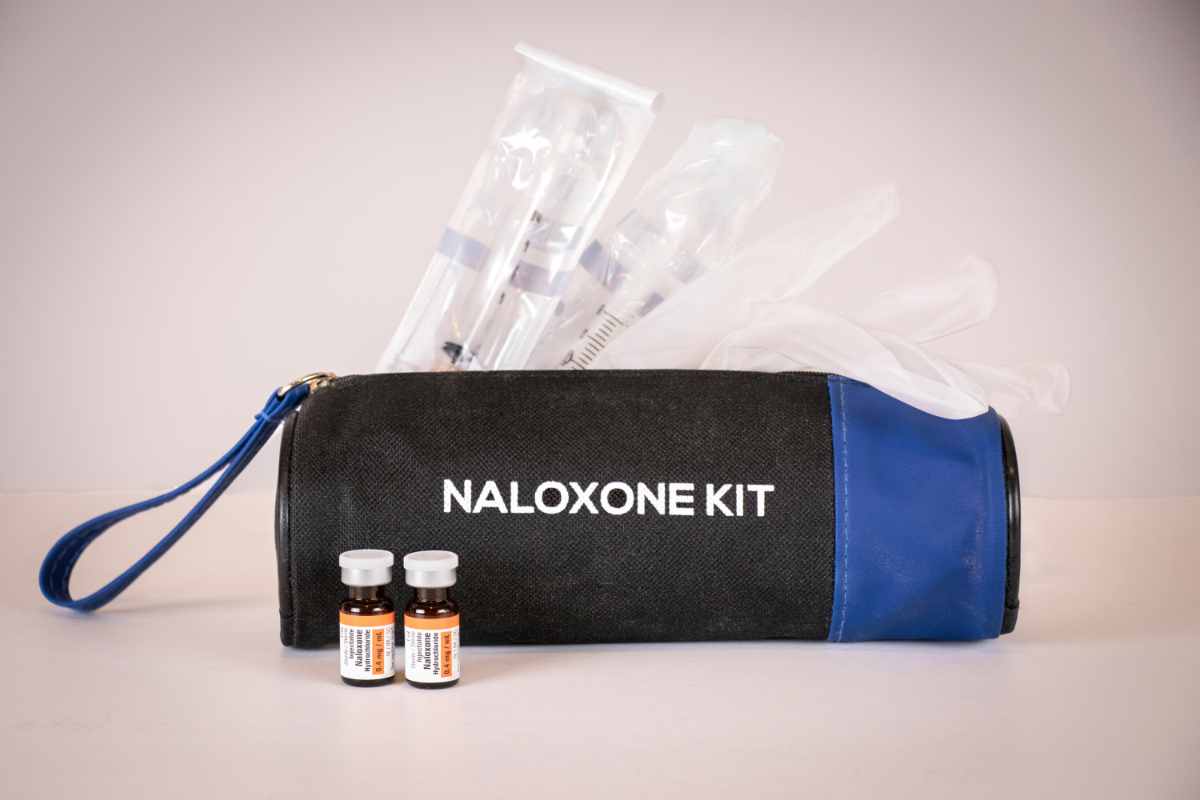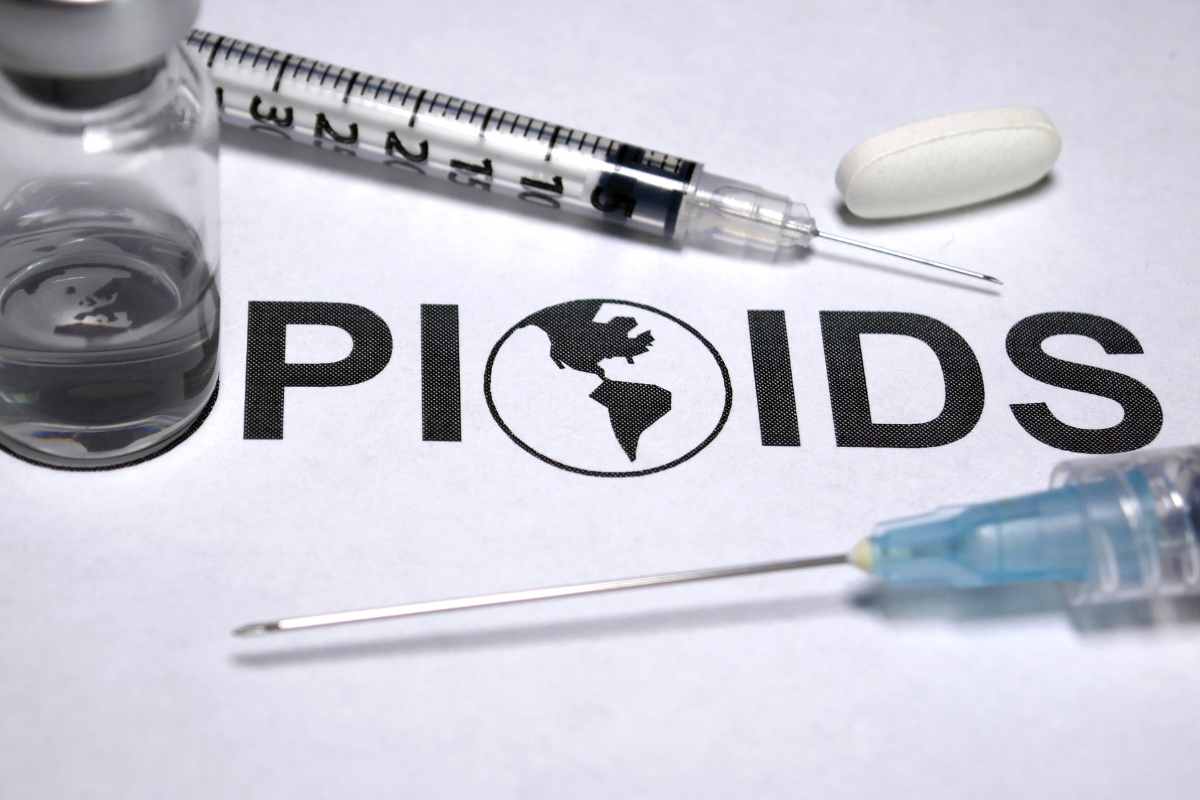By: Design for Change Recovery
Categories:
10 Intriguing Facts Nobody Tells You About the Opioid Crisis In the U.S.
You are here:Aside from the statistics on the opioid crisis in America, and warnings about opioid hazards, other facts about the crisis should be revealed. These lesser-known facts about the opioid epidemic may be surprising. Here are 10 facts about the opioid crisis nobody ever tells you.
#1. Raking In the $$$

The OxyContin campaign was launched in 1996. It was the most aggressive marketing campaign ever for any prescription painkiller. It only took a few years for sales to reach over $1 billion annually.
OxyContin was touted as safe because of the time-release mechanism, but it didn’t take long for users to learn that crushing the tablets would give them a powerful high.
Pharmaceutical sales representatives misled doctors about the potential risks of the drug. This led to overprescribing and a nationwide epidemic of opioid addictions and overdose deaths.
Finally, in 2007, OxyContin manufacturers pleaded guilty to misleading patients, doctors, and regulators about the risks of OxyContin and paid over $600 million for their intentional deceit. Nevertheless, opioids remain the #1 cause of needless deaths today.
#2. Afghanistan’s Role In the Opioid Crisis
In 2001, before the US/NATO-led invasion of Afghanistan, there were about 189,000 heroin users in the U.S. The number skyrocketed by 2016, reaching more than 4.5 million. Production of opium in Afghanistan increased from 7,600 hectares in 2001 to 224,000 hectares by 2016. All of this happened despite a taxpayer-funded program that spent $8.5 billion to eradicate opium poppies in Afghanistan.
#3. Tough Talk but Not Enough Action
In 2017, President Trump announced a campaign to fight the opioid epidemic. However, the budget didn’t provide enough funds to combat the problem. State and local authorities were forced to make up the difference. Also, cuts to Medicare and Medicaid left little funding to combat the crisis.
#4. The Fentanyl Connection
The synthetic opioid, fentanyl, is 50 times stronger than heroin and is now the opioid of choice across the U.S. More than 50% of fatal opioid overdoses are linked to fentanyl. The drug is often used to increase the potency of street drugs such as cocaine, heroin, and other opioids.
Many street dealers aren’t aware that the drugs they peddle are laced with fentanyl. People buying street drugs are unknowingly exposed to the risks of fentanyl and the potential for an overdose.
#5. Economic Burden of the Opioid Epidemic
More than $116 million a year is spent on research to combat the opioid crisis, according to the National Institutes of Health. The White House Council of Economic Advisors reports the true cost of the epidemic is six times higher than estimated, reaching more than $500 billion. The costs represent money spent on criminal justice, health care, as well as lost productivity.
#6. Deaths of Despair
The shift in the global economy following the COVID-19 crisis has resulted in millions of people without jobs and they feel hopeless, helpless, and depressed. Many of these individuals turn to drugs or alcohol to help them cope with a situation that they had no control over. They turn to street drugs because they are easy to obtain and relatively cheap, putting themselves at risk of addiction or overdose.
#7. Unintended, Innocent Victims
People who misuse or inappropriate use opioids are not the only victims we need to be concerned about. Did you know that every year, more than 92,000 children are placed in foster homes because their parent(s) are addicted to opioids or died from an overdose?
In addition to the lost children, hundreds of babies are born with neonatal abstinence syndrome by drug-using mothers. Approximately one baby is diagnosed with NAS every 19 minutes, which translates to nearly 80 per day, according to the CDC. From 2010 to 2017, the number of babies born with NAS increased by 82% nationwide.
#8. The Kratom Controversy
Kratom contains chemicals that activate the opioid receptors in the brain. It is typically consumed as a tea and at low doses can provide stimulation. At higher doses, kratom provides a numbing and sedative effect. Users experience opioid-like effects but without the dangerous respiratory issues associated with many opioids.
Although kratom might help reduce the opioid crisis, federal regulators banned it in 2016 and listed it as a Schedule 1 controlled substance.
#9. Naloxone: Remedy or Hazard?
As an opioid antagonist, naloxone can instantly bind to opioid receptors in the brain and reverse an overdose. The intravenous form, Narcan, is easily administered and is a popular form of naloxone treatment with medical professionals and first responders.
In a review of medical services, naloxone was shown to reverse 93% of overdoses. However, some individuals oppose its use, claiming it encourages drug use and offers no net reduction in opioid overdose deaths.
#10. New Anti-Opioid Vaccine
Researchers are experimenting with a vaccine that would block euphoria and alleviate withdrawal symptoms. The vaccine would generate antibodies that stop the effect of opioids from reaching the brain. One such drug, lofexidine, has been approved in the UK and is being reviewed by the FDA in the U.S.
Preventing Opioid Overdose Deaths Begins With Treatment at Design for Change Recovery
At Design for Change Recovery, we strive to reduce the number of opioid overdose deaths by providing the highest-quality addiction treatment available today.
If you are misusing opioids, you are at risk for severe health problems or potential overdose. We can help you with a customized program that takes your specific needs into consideration. You’ll learn the skills you need to reclaim your life from the grip of opioid addiction and live a happier, substance-free lifestyle.
Contact our Lancaster, CA facility today to learn how our opioid addiction treatment programs can help you.
Sources:
- npr.org/2022. – 2022 Was a Deadly (but Hopeful) Year in America’s Opioid Crisis
- jointcommission.org – Managing Neonatal Abstinence Syndrome
- cdc.gov/ – Data and Statistics About Opioid Use During Pregnancy











